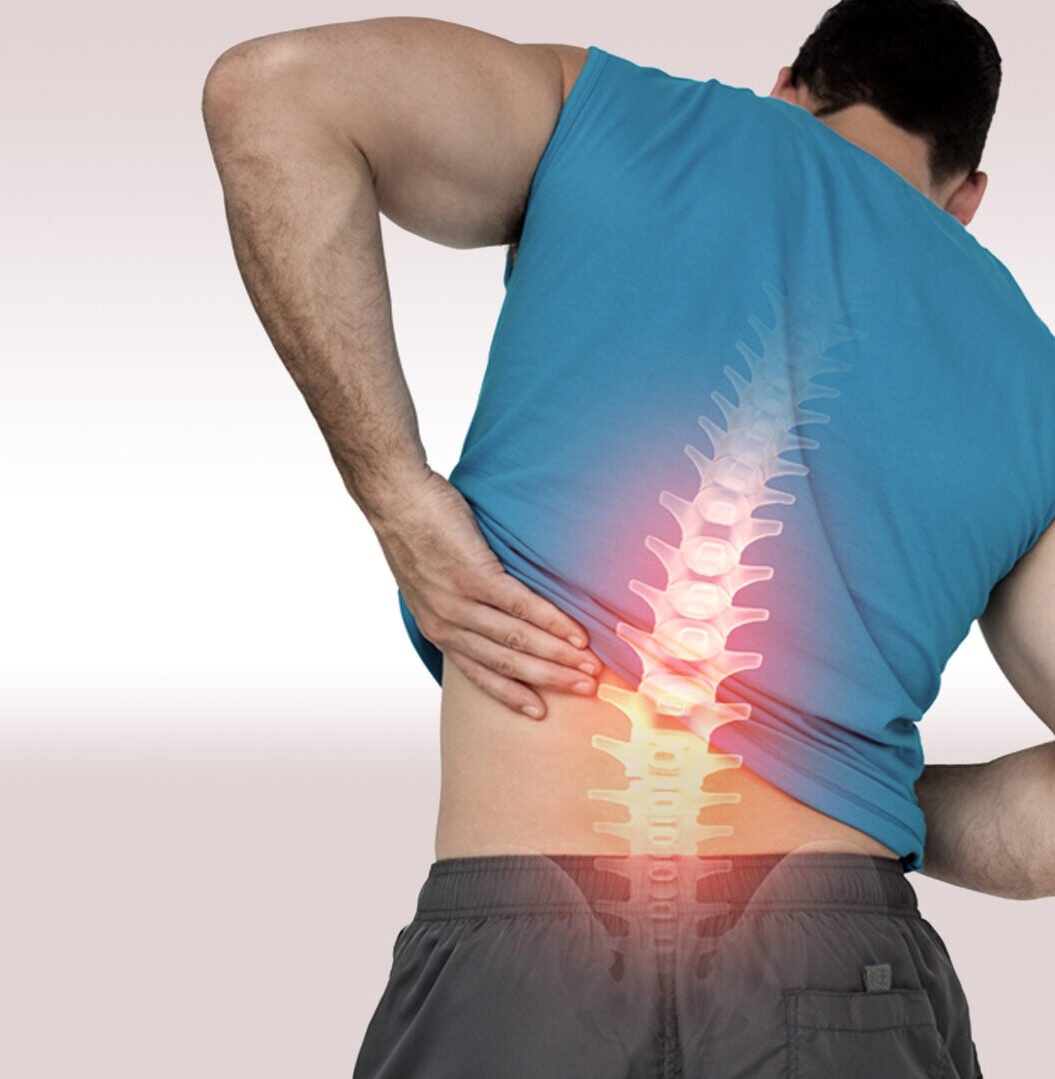Low back pain treatment encompasses a range of approaches aimed at alleviating discomfort and promoting overall spinal health. A comprehensive strategy often begins with non-invasive measures such as lifestyle modifications, including ergonomic improvements in daily activities and the incorporation of regular exercise to strengthen the core muscles that support the lower back.
Physical therapy plays a crucial role, employing targeted exercises and stretches to enhance flexibility and reduce pain. In some cases, pain management techniques such as hot or cold therapy, as well as over-the-counter or prescription medications, may be recommended to address acute symptoms. Additionally, alternative therapies like acupuncture and chiropractic care have gained popularity for their potential in managing chronic low back pain. In more severe cases or when conservative methods prove ineffective, surgical interventions may be considered.
However, a personalized and multidisciplinary approach, often guided by healthcare professionals, remains essential to tailor treatment to the individual needs and circumstances of each patient. Understanding the underlying causes and adopting a holistic approach can empower individuals to actively participate in their recovery and prevent future occurrences of low back pain. Always consult with healthcare professionals to determine the most suitable and effective treatment plan based on individual health conditions and considerations.

Benefits of Low back pain
It seems like there might be a misunderstanding in your request. Typically, when discussing low back pain, the focus is on understanding the causes, symptoms, and treatments to alleviate discomfort. However, if you’re looking for potential benefits associated with low back pain, it’s important to clarify the context or topic.
If you intended to inquire about the benefits of specific treatments or exercises for low back pain, please provide more details so I can offer relevant information. Alternatively, if you meant to ask about preventing low back pain or maintaining a healthy back, I’d be happy to provide information on that topic. Please clarify your request so I can assist you more effectively.
Low back pain Releted F&Q's
Low back pain can be caused by various factors, including muscle strains, ligament sprains, herniated discs, degenerative disc disease, and poor posture. Lifestyle factors such as obesity, lack of exercise, and improper lifting techniques can also contribute
To prevent low back pain, it’s essential to maintain a healthy weight, exercise regularly to strengthen core muscles, practice good posture, and use proper body mechanics when lifting heavy objects. Additionally, avoid prolonged sitting and incorporate breaks to stretch and move during sedentary activities.
If your low back pain is severe, persistent, or accompanied by other symptoms such as leg weakness or numbness, it’s advisable to seek medical attention promptly. Additionally, if pain is the result of an injury, such as a fall or car accident, or if it’s associated with bowel or bladder dysfunction, immediate medical evaluation is necessary.
For mild low back pain, you can try home remedies such as applying ice or heat packs, taking over-the-counter pain medications, practicing gentle stretching exercises, and maintaining good posture. Rest is important, but it’s also crucial to stay active with activities that don’t exacerbate the pain.
Yes, stress can contribute to low back pain. Emotional stress often manifests physically, leading to tension in the muscles of the back. Incorporating stress management techniques such as mindfulness, meditation, and relaxation exercises can be beneficial in managing and preventing stress-related low back pain.
Ergonomics is crucial in preventing low back pain at work. Ensuring that your workstation is set up correctly, using an ergonomic chair, maintaining a neutral spine position, and taking regular breaks to stretch and move can help reduce the risk of developing low back pain associated with prolonged sitting and poor workplace ergonomics.
